#public spaces
Text
Isn’t gathering a social behaviour?
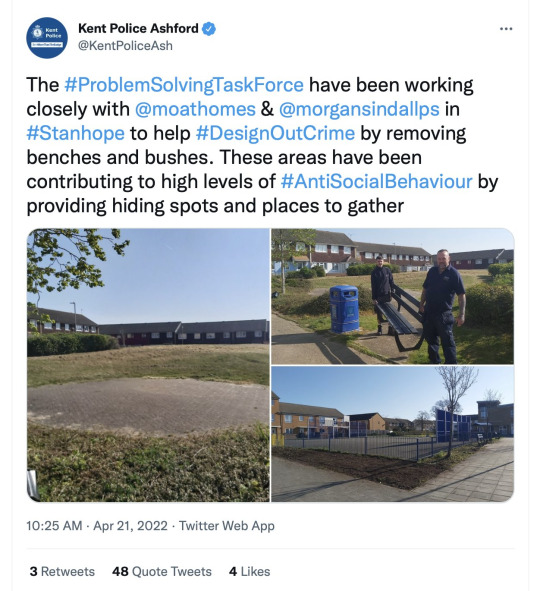
9K notes
·
View notes
Text
Why Libraries Are Important (even if you don't read)
Libraries are a essential public service.
they are open sunday-sunday
they are for everyone
they have public washrooms
they have computer access x printing ability
they offer free complete learning
they are a safe space
they create a stronger community
PROTECT LIBRARIES AT ALL COST.
#books & libraries#library#public spaces#literature#social justice#lgbtq community#community#cottagecore#dark academia#grandmacore
421 notes
·
View notes
Photo
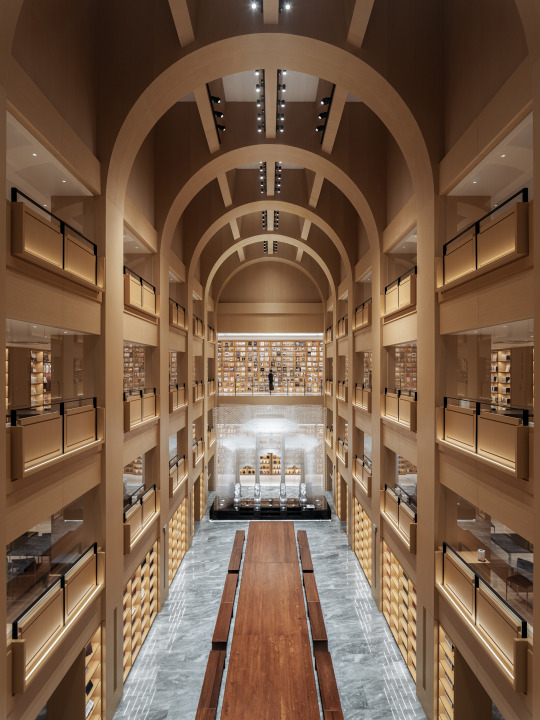



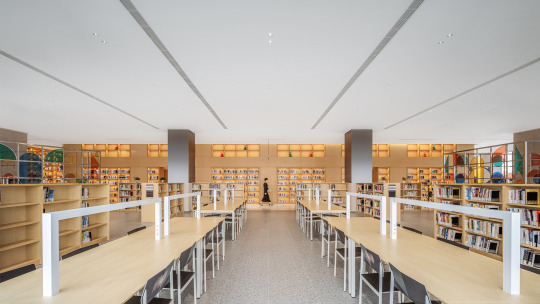

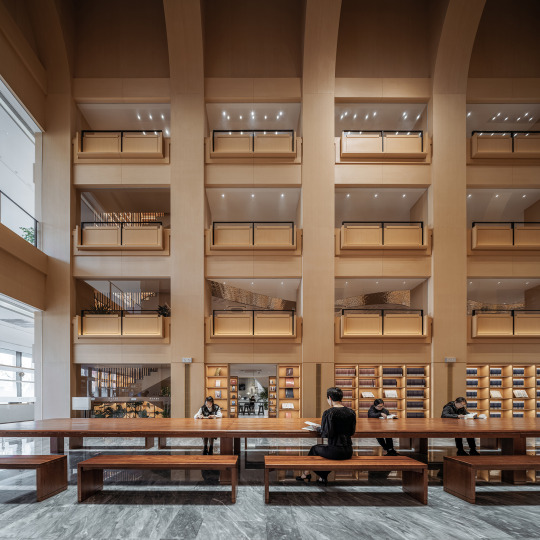



Zikawei Library, Shanghai, China,
Before it became the Zikawei Library, the building was designed as a bookstore by David Chipperfield Architects. Unfortunately, just after the facade and the structure of the building were completed, the building was left vacant.
After two investments of the bookstore had bowed out, this building was eventually designated to be the public library in Zikawei District and named the Zikawei Library.
Wutopia Lab
#art#design#architecture#interiors#interiordesign#library#china#shanghai#wutopia lab#zikawei library#public spaces#culture#david chipperfield#atrium#urban
343 notes
·
View notes
Text
Totally don't endorse the idea of gurella gamifying benches/public spaces >~>
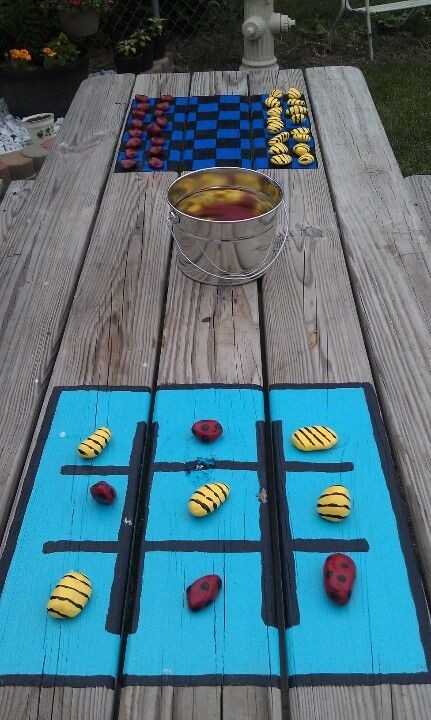
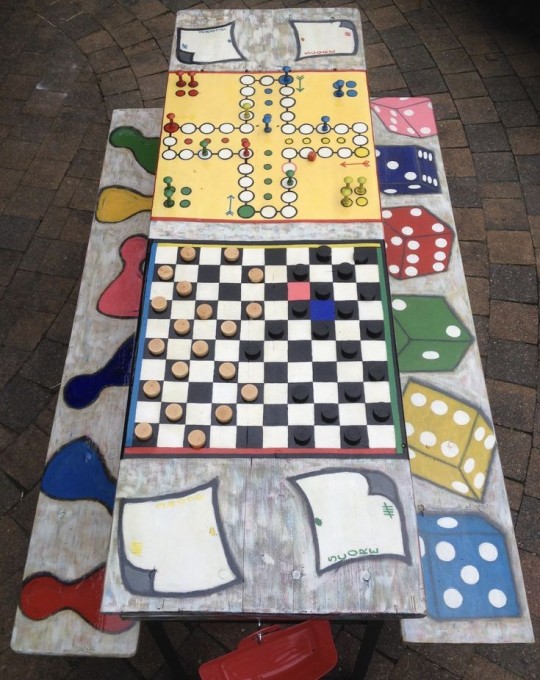
That would be illegal!! And too easy to do just takes some paint... and rocks... So... don't??? I guess??
142 notes
·
View notes
Text

65 notes
·
View notes
Text
Open drug use is among the activities that would be prohibited by the City of Edmonton in a proposed new bylaw governing public spaces.
City council is slated to review the proposed Public Spaces Bylaw at a special meeting on Feb. 2. It would replace three existing ones: the Public Places Bylaw, the Conduct of Transit Passengers Bylaw and the Parkland Bylaw.
A move to ban open drug use is something harm-reduction advocates worry will lead to more deaths on Edmonton streets, however.
Bradley Lafortune, the president of Public Interest Alberta, told CTV News Edmonton on Friday that driving drug users out of sight will lead to catastrophe.
Continue Reading
Tagging @politicsofcanada @abpoli
#cdnpoli#canada#canadian politics#canadian news#alberta#substance use#addiction#harm reduction#bylaws#public spaces#houselessness
50 notes
·
View notes
Text

the park across the road # 3
©cpleblow (2022)
740 notes
·
View notes
Photo





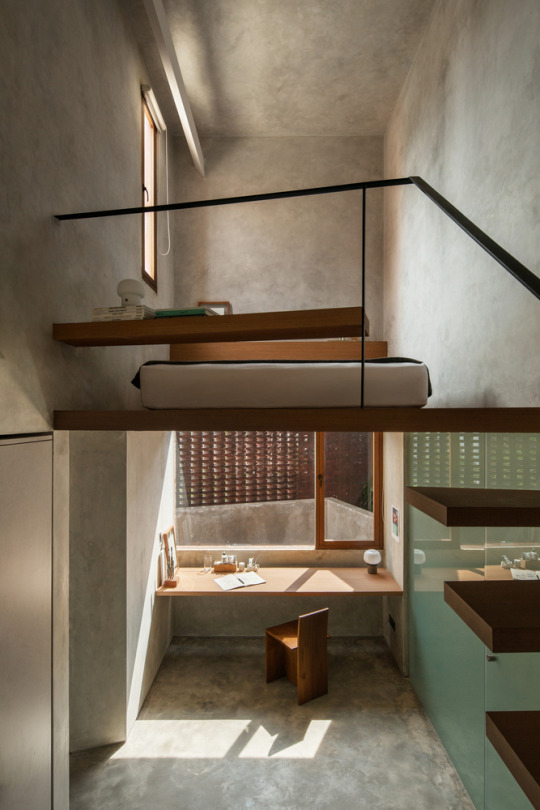

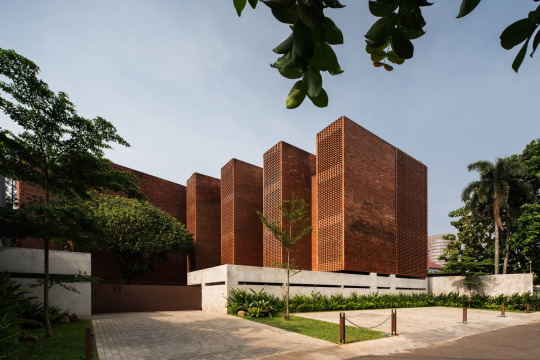


Kos Haji Baun Public Residence, Haji Baun, Jakarta, Java, Indonesia,
FFFAAARRR
#art#design#architecture#interiors#urban#residence#public spaces#haji baun#java#indonesia#bricks#kos haji baun#staircase#stairway#Staircases#staircasedesign#FFFAAARRR
561 notes
·
View notes
Text
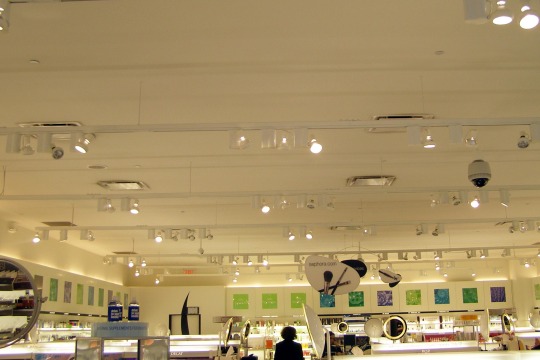
Overillumination
39 notes
·
View notes
Text
it’s an odd thing… loneliness
It’s an odd thing… Loneliness. Isn’t it?
It’s more lonely to be in a crowded room than it is to be alone. To have an array of connected souls laid across, distant from yours. Almost as if there’s some sort of barrier that stretches between you and others, isolating you.
Each of them indulges in their own conversations creating a hubbub around you, and almost like a rash on your arm it becomes a nuisance; how loud it gets. Overbearing distortions of voices layered on top of another screaming at you as if to rub it in your face.
It feels like the world has an inside joke that you’re on the outside of. Making you a spectator.
Tags: @waitingforthesunrise
HIII so this is the first thing from the anthology, 'the flower diaries' which I wrote in the last few months of 2023! I will be releasing them in a random order though not really synchronous to the draft I have.. but anyway I hope you guys liked this one!
#the teenage girl is teenage girling#poetry#the flower diaries#writing#spilled ink#anthology#loneliness#isolation#public spaces#prose#writeblr#poems
19 notes
·
View notes
Text
“....the expansion of the artificial swimming pool system [occurred] in the context of increasingly polluted waterfronts. The growth of cities could crowd out and damage the spaces in which public swimming took place. One response to the bacteriological revolution - the extension of sewers to remove dangerous germs from all home environments - generated a public health crisis, by transporting bacteria to the places where citizens might swim. Concerns about water quality, and the ability to quantity it, both prompted and complicated efforts to find healthy places to swim in industrial cities.
....the development of Hamilton [Ontario’s] municipal swimming pool system [was situated] in the context of the environmental degradation of the industrial city as its commitment to economic expansion compromised an aspect of public health. Like the construction of the city’s elaborate water supply and purification systems, the building of swimming pools allowed city officials to continue using Hamilton’s bay [on Lake Ontario] as a sink for residential and industrial wastes, and to do so without significant investments in wastewater treatment facilities. Until the Second World War, Hamilton’s city leaders and medical authorities confidently believed that they could identify, delineate, and construct safe swimming areas along the shores of their harbour, and supplement them with a few public swimming pools. After the war, however, they abandoned their efforts altogether. For those who could not flee the city for clearer waters of northern lakes [because they could not afford to], municipal authorities offered artificial swimming pools as the only healthy place to swim locally. ...while swimming pools reflected a number of social and cultural values, they must be recognized chiefly as a technological fix for an urban public health crisis. Artificial pools for swimming allowed Hamilton’s city leaders to abandon the natural waters of the bay and the public beaches frequented by the working class to the effluent left by “the constructive power of the profit motive.””
- Nancy Bouchier and Ken Cruikshank, “Abandoning Nature: Swimming Pools and Clean, Healthy Recreation in Hamilton, Ontario, c. 1930s-1950s,” Canadian Bulletin of Medical History Volume 28:2, 2011: p. 318-319
#hamilton#public swimming pools#public beaches#swimming pool#environmental history#pollution#history of pollution#public health#industrial production#history of health care in canada#parks and recreation#history of recreation in canada#public spaces#academic quote#canadian history#lake ontario#great lakes
215 notes
·
View notes
Text


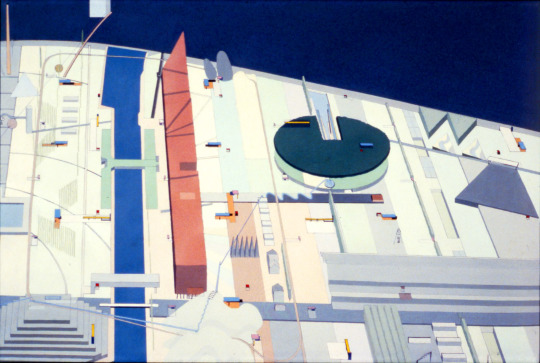






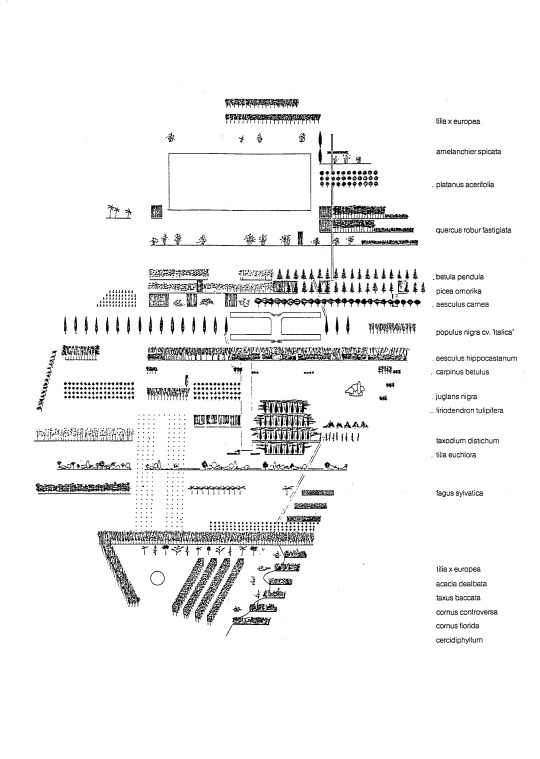
La Villette park
Paris, France
1982
Michel Corajoud (1937–2014), architect
Elia Zenghelis (1937–), architect
Rem Koolhaas (1944–), architect
OMA (1975–), architect
#michel corajoud#elia zenghelis#rem koolhaas#oma#paris#france#europe#architecture#1980s#20th century#leisure#outdoors#urban#building on the built#industrial archaeology#order and disorder#patterns#pavilions#public spaces#reading and writing the city
8 notes
·
View notes
Text
Please Be Seated by Paul Cocksedge
Is this the opposite of hostile architecture?
25 notes
·
View notes
Text
i love you graffiti i love you stickers i love you doodles i love you permanent marker drawings i love you carved messages i love you bulletin board with countless posters i love you shared spaces/furniture that reflect the people who use them i love you individuals expressing something small that leave a lasting mark for years to come i love you little human touches in an environment i love you being in a world that feels lived in .
#text#ive been thinking about this for a while now#oh and also the implicit “fuck minimalism fuck painting over graffiti fuck cleaning off old stickers etc.#idk what to tag this so the right kinda people find it#stickers#public art#graffiti#public spaces#sure i think thatll do
86 notes
·
View notes
Text
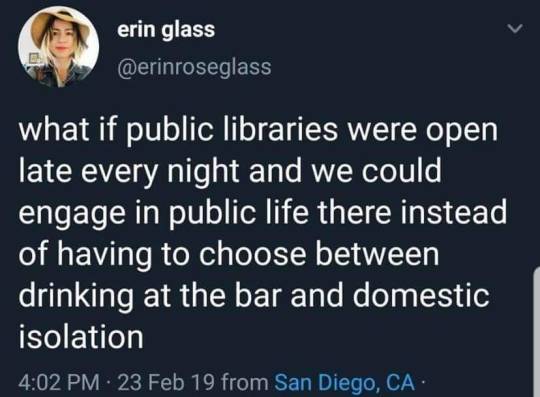
(Photo ID in alt text)
This would be awesome. We’re in desperate need of public spaces where you (a) don’t have to spend money, (b) aren’t expected to be drunk or high, & (c) don’t get in trouble for lingering (“loitering”) to chat, connect, etc. :/
~Nico
#library#libraries#public libraries#public spaces#social#loneliness#isolation#photo#photo with id#id in alt text#with id#~Nico
4 notes
·
View notes
Text
Urban Renewal: a new series on restoring community in a post-pandemic world
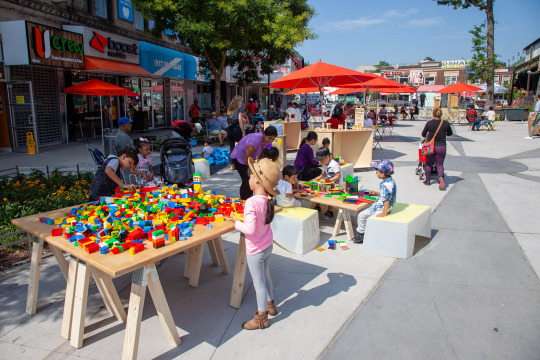
Over the past four years, I've felt increasing disconnected. This is despite being more digitally connected than ever- to global events, my friend's lives on social media, and my workplace. I don't think it's just me feeling this way.
Since the pandemic forced people indoors and in front of screens, we've left behind the real world and our communities for a virtual reality. The local media landscape is shrinking, so we know little of what is happening around us and the virtual workplace means we spend more time at home and less time connecting with people face to face.
This has an impact on our cities, our communities, and our wellbeing. According to a recent a Meta-Gallup survey taken across 142 countries, nearly 1 in 4 adults across the world report feeling very or fairly lonely. The survey also found that the rates of loneliness were highest in young adults.
How do we restore a sense of community and authentic connection in a increasingly digital world - one where we are instead connected to misinformation, global politics, and algorithms 24/7 infiltrating our social media feeds with influencers, who persuade us to desire lifestyles that won't make us happy and things we don't need?
I believe the urbanist community has a role to play in helping solve these societal issues, so I'm launching a series to explore this topic from the perspective of local planning - how we design our cities and parks, activate our public spaces, restore nature in cities, fund community and arts programs, develop policies on safer streets and affordable housing, and more.
I'm calling the series Urban Renewal, a negative term in urban studies that refers to a 1970s North American policy of demolishing low-income communities to build massive freeway projects surrounded by desolate highrise buildings.
Renewal represents the process of revitalizing or rejuvenating something to its original state or improving it. I want to talk about what urban renewal should be, not removing vibrant communities in favour of cars and concrete, but actually restoring a sense of community that we seem to be losing to the virtual world.
I'm hoping to talk to a diverse range of perspectives for ideas on how to address this issue. Reach out to me if you work in urban issues and have thoughts about how to rebuild community in a post-pandemic world!
Photo credit: Street Lab (Uni Project)
2 notes
·
View notes